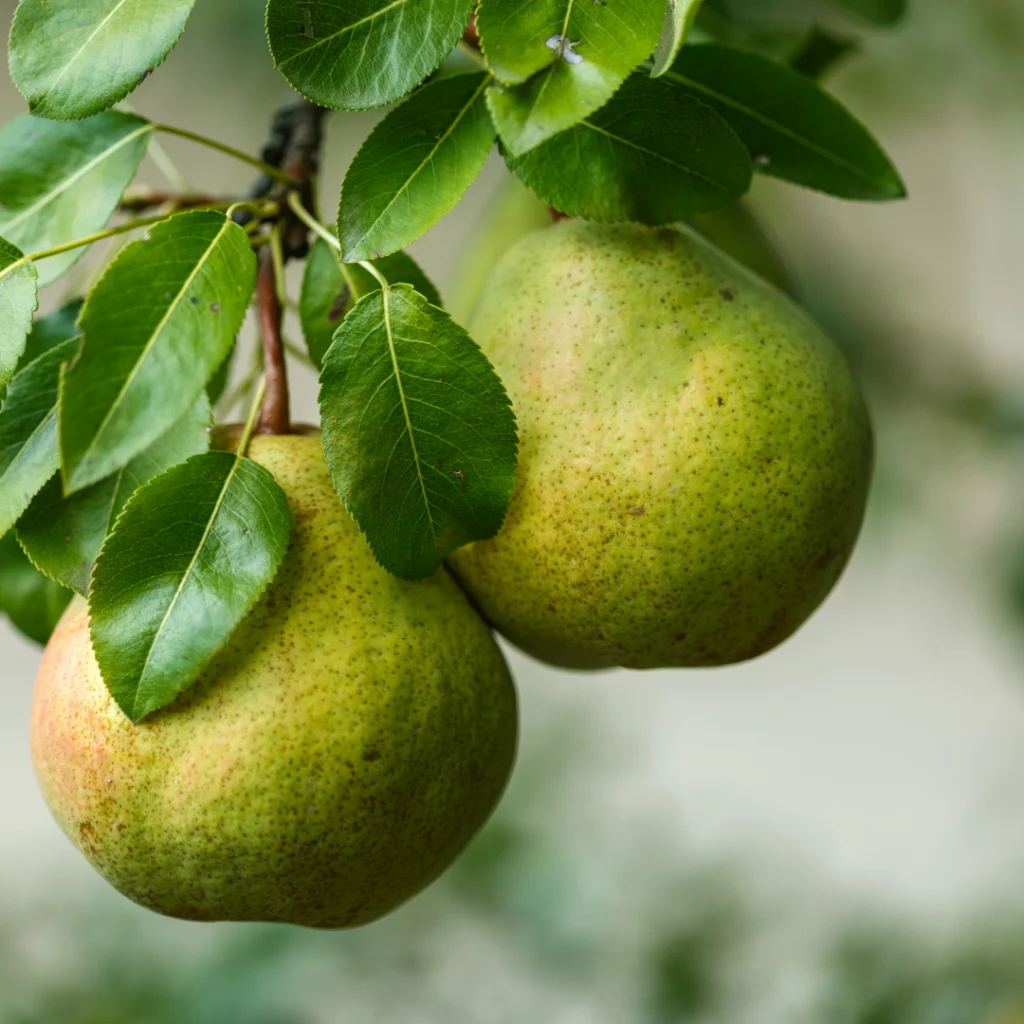Did you read last week’s blog? If not, you will want to go back and read how to make fall favorites work for your body. And by fall favorites, I am referring to foods that are in season during this time of year. Here are the remaining five ingredients to incorporate into your meal plan over the next few months.
Fennel is often my extra ingredient in a salad or my twist to a plate of roasted vegetables. It adds an extra layer of flavor to any dish. It is also good raw. Use the greens as garnish to add a soft texture. Pregnant women or those trying to get pregnant can incorporate this vegetable to increase folate consumption.
Pears are part of my family holiday tradition. Each year, we gift one another with a box of Harry and David pears. I can’t find any pear in the supermarket that has the same depth of flavor and juice. However, it doesn’t have to be a specialty pear to provide healthful qualities. Pears are a great source of fiber and water. If you’re not a big water drinker, eating a pear will help digestion and keep you hydrated. Add this fruit to your snack list. If you need a dose of protein, wrap prosciutto around a pear slice or marry it with a slice of your favorite cheese.
Persimmons are a beautiful fruit to add to any centerpiece or to brighten up a salad.
Consume a ripened persimmon skin and all. Your body will thank you for the natural dose of calcium and polyphenolic compounds. Poly-what? This is a group of plant compounds that have been shown to boost gut and brain health as well as reduce heart disease, cancer and other chronic conditions.
Turnips are often left on the produce shelf. That is such a waste! They are a great substitute for potatoes in many recipes. If you like carrots and potatoes, you will enjoy turnips. My favorite recipe is cooked mashed turnips. Delicious! This root vegetable can be easily exchanged in any recipe utilizing potatoes. It is a good source of vitamin C. Don’t forget about the greens; they should not be wasted. Sauté the greens in a little fat, add salt and pepper and you will be consuming calcium, magnesium, vitamin A and vitamin B-6.
Winter Squash is a family of vegetables that includes butternut, acorn, kabocha, sugar pumpkin and spaghetti squash. There are a few other varieties, but these are the most common forms you will find in your local supermarket at this time of year. Due to their color and texture, winter squash is often used as part of fall décor. The hardy texture lends itself to soups, casseroles, stews and baked goods. Pumpkin bread anyone? Like many of their seasonal counterparts, the gourd family is rich in vitamin C, magnesium, vitamin A, potassium and vitamin B6.
I can’t wait to hear how you enjoyed these ingredients!


